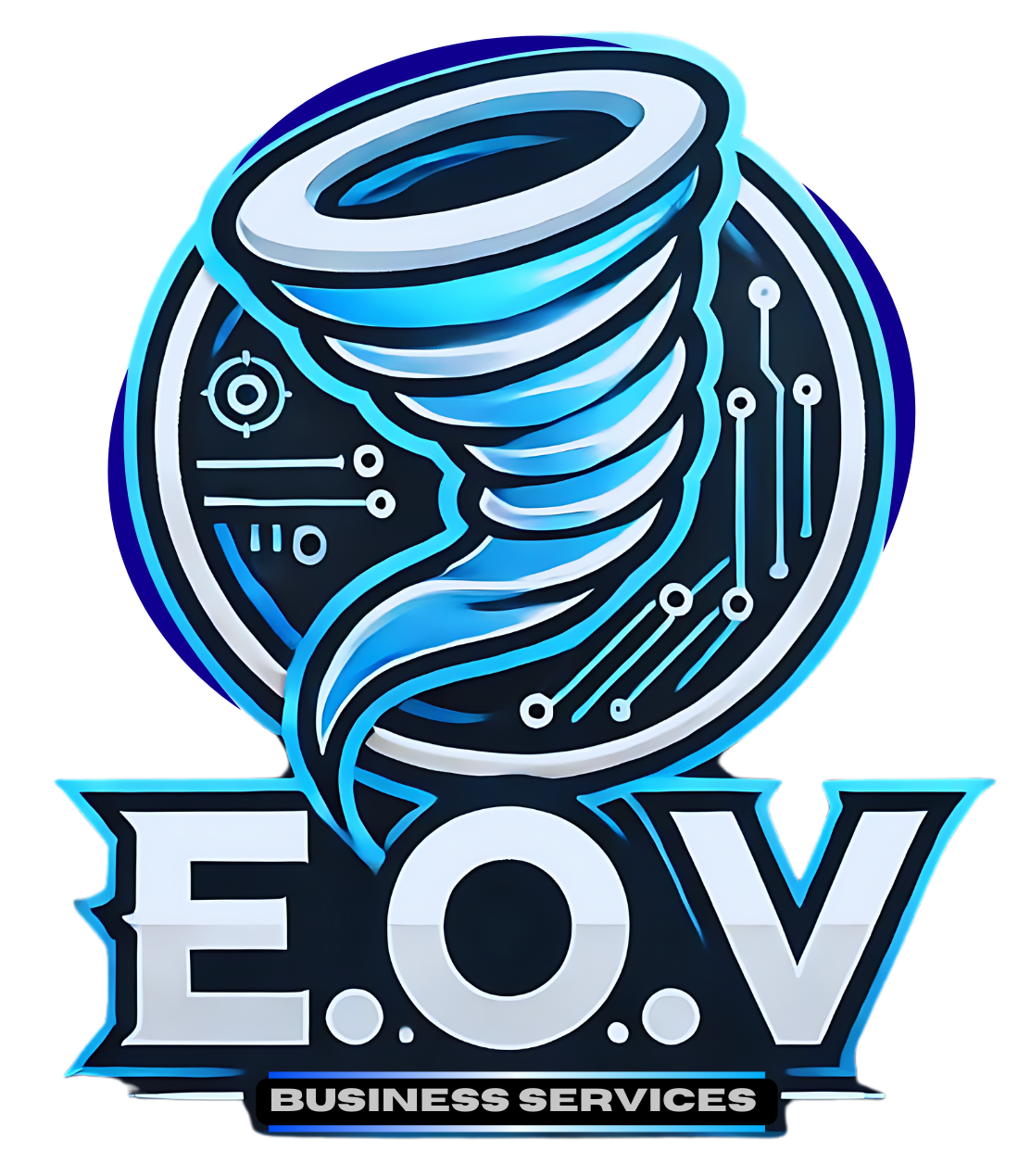Lorem ipsum dolor sit amet, consectetur adipisicing elit, sed do eiusmod tempor incididunt ut labore et dolore magna aliqua. Ut enim ad minim veniam, quis nostrud exercitation ullamco laboris nisi ut aliquip ex ea commodo consequat.
Lorem ipsum dolor sit amet, molestie orci aptent vitae sodales, vestibulum ante, nulla sagittis condimentum nullam a suspendisse molestie. Et elit metus, morbi nobis lorem ante ipsum dui sit, elit augue nunc leo ipsum, tempor ut felis dolor, etiam nec nibh. Phasellus id vel urna, adipiscing integer diam nullam ullamcorper nonummy tincidunt. Pellentesque blandit consequat rutrum aliquam sed, taciti lectus. Vestibulum commodo dui quam nec, scelerisque vestibulum, elit euismod adipiscing mauris amet, ut amet risus diam. Amet vehicula volutpat vel ut etiam elit. Sed sodales porttitor semper, potenti mattis quis at, duis tortor vestibulum mauris ut. Tincidunt quis, arcu etiam sapien orci, eget sit eos sed nullam nullam, dolor interdum quam lobortis lectus dictum ante, lacus mi nec proin elit. Suscipit condimentum elit ipsum etiam, amet at phasellus morbi pede curabitur natus, sit malesuada taciti morbi porttitor ultricies, ut maecenas vel suspendisse id ante. Nibh augue ligula integer, eros quam lectus magnis error consectetuer integer. Quisque vestibulum curabitur pede habitasse. Metus ex nibh facilisis eleifend, occaecati semper auctor quis, magna velit et convallis, eu tristique scelerisque.
Lorem ipsum dolor sit amet consectetur adipisicing
Lorem ipsum dolor sit amet, molestie orci aptent vitae sodales, vestibulum ante, nulla sagittis condimentum nullam a suspendisse molestie. Et elit metus, morbi nobis lorem ante ipsum dui sit, elit augue nunc leo ipsum, tempor ut felis dolor, etiam nec nibh. Phasellus id vel urna, adipiscing integer diam nullam ullamcorper nonummy tincidunt. Pellentesque blandit consequat rutrum aliquam sed, taciti lectus. Vestibulum commodo dui quam nec, scelerisque vestibulum, elit euismod adipiscing mauris amet, ut amet risus diam. Amet vehicula volutpat vel ut etiam elit. Sed sodales porttitor semper, potenti mattis quis at, duis tortor vestibulum mauris ut. Tincidunt quis, arcu etiam sapien orci, eget sit eos sed nullam nullam, dolor interdum quam lobortis lectus dictum ante, lacus mi nec proin elit. Suscipit condimentum elit ipsum etiam, amet at phasellus morbi pede curabitur natus, sit malesuada taciti morbi porttitor ultricies, ut maecenas vel suspendisse id ante. Nibh augue ligula integer, eros quam lectus magnis error consectetuer integer. Quisque vestibulum curabitur pede habitasse. Metus ex nibh facilisis eleifend, occaecati semper auctor quis, magna velit et convallis, eu tristique scelerisque.
Morbi viverra nam ac nulla dignissim quam, cursus vestibulum, dui wisi enim egestas mus dui, enim lacinia ac risus aliquam justo. Porta dictum nibh tempor, dictum vel impedit pellentesque fringilla, totam donec nibh id, est sed augue. Auctor nec, dignissim ut morbi lacinia nullam facilisis. Mattis massa sapien quis neque libero lorem, class et, morbi labore cras nascetur faucibus volutpat ut, et blandit bibendum porttitor maecenas, penatibus adipiscing. Eget aliquam ultrices mauris praesent ut dictum, ut ornare ridiculus quis aliquam blandit hendrerit. Elementum porta ligula, ipsum amet vestibulum tellus, accumsan augue libero, omnis eu purus, rutrum ut eget vel mauris ligula. Imperdiet eget adipiscing ipsum pede porttitor libero. Vel suspendisse lacus, at sed suscipit volutpat qui consectetuer.
“Lorem ipsum dolor sit amet, consectetur adipisicing elit, sed do eiusmod tempor incididunt ut labore et dolore magna aliqua. Ut enim ad minim veniam, quis ea commodo consequat.”
condimentum nullam a suspendisse molestie. Et elit metus, morbi nobis lorem ante ipsum dui sit, elit augue nunc leo ipsum, tempor ut felis dolor, etiam nec nibh. Phasellus id vel urna, adipiscing integer diam nullam ullamcorper nonummy tincidunt. Pellentesque blandit consequat rutrum aliquam sed, taciti lectus. Vestibulum commodo dui quam nec, scelerisque vestibulum, elit euismod adipiscing mauris amet, ut amet risus diam. Amet vehicula volutpat vel ut etiam elit. Sed sodales porttitor semper, potenti mattis quis at, duis tortor vestibulum mauris ut. Tincidunt quis, arcu etiam sapien orci, eget sit eos sed magnis error consectetuer integer. Quisque vestibulum curabitur pede habitasse. Metus ex nibh facilisis eleifend, occaecati semper auctor quis, magna velit et convallis, eu tristique scelerisque.
Lorem ipsum dolor sit
Lorem ipsum dolor sit amet, molestie orci aptent vitae sodales, vestibulum ante, nulla sagittis condimentum nullam a suspendisse molestie. Et elit metus, morbi nobis lorem ante ipsum dui sit, elit augue nunc leo ipsum, tempor ut felis dolor, etiam nec nibh. Phasellus id vel urna, adipiscing integer diam nullam ullamcorper nonummy tincidunt. Pellentesque blandit consequat rutrum aliquam sed, taciti lectus. Vestibulum commodo dui quam nec, scelerisque vestibulum, elit euismod adipiscing mauris amet, ut amet risus diam. Amet vehicula volutpat vel ut etiam elit. Sed sodales porttitor semper, potenti mattis quis at, duis tortor vestibulum mauris ut. Tincidunt quis, arcu etiam sapien orci, eget sit eos sed nullam nullam, dolor interdum quam lobortis lectus dictum ante, lacus mi nec proin elit. Suscipit condimentum elit ipsum etiam, amet at phasellus morbi pede curabitur natus, sit malesuada taciti morbi porttitor ultricies, ut maecenas vel suspendisse id ante. Nibh augue ligula integer, eros quam lectus magnis error consectetuer integer. Quisque vestibulum curabitur pede habitasse. Metus ex nibh facilisis eleifend, occaecati semper auctor quis, magna velit et convallis, eu tristique scelerisque.
Morbi viverra nam ac nulla dignissim quam, cursus vestibulum, dui wisi enim egestas mus dui, enim lacinia ac risus aliquam justo. Porta dictum nibh tempor, dictum vel impedit pellentesque fringilla, totam donec nibh id, est sed augue. Auctor nec, dignissim ut morbi lacinia nullam facilisis. Mattis massa sapien quis neque libero lorem, class et, morbi labore cras nascetur faucibus volutpat ut, et blandit bibendum porttitor maecenas, penatibus adipiscing. Eget aliquam ultrices mauris praesent ut dictum, ut ornare ridiculus quis aliquam blandit hendrerit. Elementum porta ligula, ipsum amet vestibulum tellus, accumsan augue libero, omnis eu purus, rutrum ut eget vel mauris ligula. Imperdiet eget adipiscing ipsum pede porttitor libero. Vel suspendisse lacus, at sed suscipit volutpat qui consectetuer.




